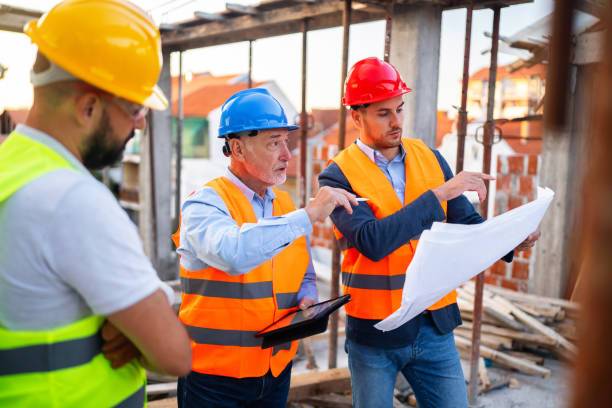by Haoxin Safety
Share
by Haoxin Safety
Share

In the construction industry, safety is paramount. Construction sites can be hazardous environments, with heavy machinery, potential falling objects, and busy traffic. To mitigate the risks and ensure the well-being of construction workers, the use of safety vests has become a vital safety measure. This article aims to explore the importance of safety vests for construction workers and construction sites, highlighting their benefits and features.
1. Importance of Safety Vests for Construction Workers
Construction workers face various dangers on a daily basis, including poor visibility, unpredictable weather conditions, and moving vehicles. Safety vests play a crucial role in increasing visibility and reducing the likelihood of accidents. By wearing high-visibility safety vests, construction workers become more noticeable to both their colleagues and drivers, minimizing the risk of collisions.
2. Enhancing Construction Site Safety
Construction sites are dynamic environments with multiple activities happening simultaneously. Safety vests act as a visual indicator, distinguishing construction workers from other personnel or visitors on the site. This differentiation ensures that workers are easily identifiable, allowing for better coordination and communication among team members.
3. Key Features of Safety Vests for Construction Workers
To effectively protect construction workers, safety vests for construction must possess specific features to meet the demands of their work environment. These features may include:
a) High-Visibility Materials: Safety vests are typically constructed using bright colors, such as fluorescent orange or yellow, combined with reflective strips. This combination ensures maximum visibility, even in low-light conditions.
b) Reflective Strips: Reflective strips on safety vests enhance visibility, particularly during nighttime operations. When illuminated by lights, these strips reflect light back towards the source, making the worker more visible from a distance.
c) Breathable and Lightweight: Construction work often involves physical exertion. Safety vests should be designed to be lightweight and breathable, allowing workers to move freely and remain comfortable throughout the day.
d) Adjustable and Secure Fit: Safety vests should have adjustable straps or closures to provide a secure fit for workers of different sizes. This ensures that the vest remains in place, reducing the risk of entanglement with machinery or objects.
4. Compliance with Safety Regulations
The use of safety vests in construction sites is not only a best practice but is also often mandated by safety regulations. Regulatory bodies recognize the effectiveness of safety vests in preventing accidents and injuries. By complying with these regulations, construction companies demonstrate their commitment to worker safety and reduce the potential for legal liabilities.
Conclusion
Safety vests for construction workers are a critical tool in enhancing safety on construction sites. By increasing visibility, improving communication, and complying with safety regulations, these vests contribute significantly to reducing accidents and ensuring the well-being of construction workers. Investing in high-quality safety vests is an investment in both the safety culture of a construction company and the lives of its workers.
